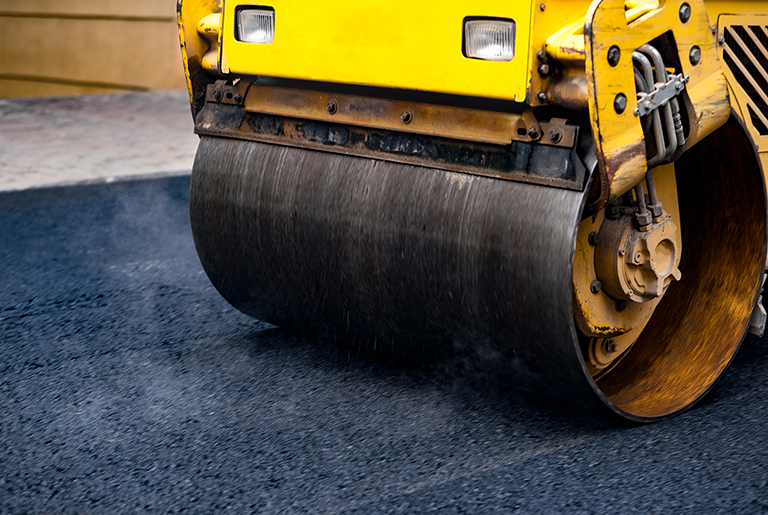
Dr. Amy Epps Martin, a professor in the Zachry Department of Civil Engineering at Texas A&M, and her fellow researchers, are developing laboratory tools for the Departments of Transportation (DOTs) in each state to increase the amount of reclaimed asphalt pavement (RAP) and reclaimed asphalt shingles (RAS) that can be reused in new asphalt pavements to reduce the demand for new highway materials.
According to the National Asphalt Paving Association (NAPA), asphalt pavement is used on 94 percent of the more than 2.7 million miles of paved highways in the U.S., and is the most recycled material in the U.S. at more than 99 percent. In 2016, more than 76.9 million tons of RAP and nearly 1.9 million tons of RAS were reused to save taxpayers $2.1 billion compared to the use of new materials.
Currently, only about 20 to 25 percent of new asphalt pavement contains recycled asphalt materials to ensure resistance to cracking. Epps Martin’s research is hoping to double that amount to increase sustainability and taxpayer savings.
“We’re striving to increase the amount of RAP and RAS we can put in new asphalt pavements by using a small amount of specialized chemical recycling agents to partially restore some of the aged binder in the recycled materials,” Epps Martin said.
These chemicals work in the same way an anti-aging lotion might work on human skin, rejuvenating skin cells and extending their lifespan. With asphalt pavements, it’s the aged binder, or black, sticky material that holds the rock pieces together, that gets rejuvenated. This binder and the rock pieces, also known as aggregate, are mixed and compacted together to make the asphalt pavements we drive on. However, while the chemicals have the potential to rejuvenate old material and allow the use of more recycled materials, Epps Martin’s team is also concerned about longer-term performance in 15 to 20 years, which ultimately impacts cost-effectiveness.
“At the end of the day we care about how the asphalt pavement performs in the field,” Epps Martin said. “We have to build pavements for many climates and traffic conditions, so we start in the laboratory with tests and tools to figure out recipes for the binder-aggregate mixture we want to use for a given location. Then the ultimate test is field performance, which we are monitoring for multiple mixtures in field projects in Delaware, Indiana, Nevada, Texas and Wisconsin. [The goal is] to create comprehensive tools and guidelines that agencies can use in creating sustainable, cost-effective asphalt pavements with recycled materials for their state.”
Epps Martin and her team aspire for the tools they are developing to be adopted by the American Association of State Highway Transportation Officials (AASHTO), which provides national standards for the use of highways materials. The research, team’s results will be combined in a draft AASHTO standard practice to be completed by the end of 2018, will provide guidance for DOTs in each state on material selection for virgin asphalt binder, RAP, RAS and recycling agents. The document will also include guidance on recycling agent dosage selection, binder and mixture evaluation tests, and performance thresholds. The team endeavors to work with AASHTO to help implement the standard practice nationwide and allow for individual state DOTs to have the flexibility to best construct recycled asphalt pavements for their unique conditions.
“We are providing these tools so that the states can have [these] guidelines for what they need to do to build sustainable, cost-effective asphalt pavements," Epps Martin said.
This project is part of a collaborative effort between researchers at the Texas A&M Transportation Institute, the Texas A&M College of Engineering, the University of Nevada – Reno and the University of New Hampshire. This is a five-year project that was funded by the National Cooperative Highway Research Program of the National Academies of Science, Engineering and Medicine.